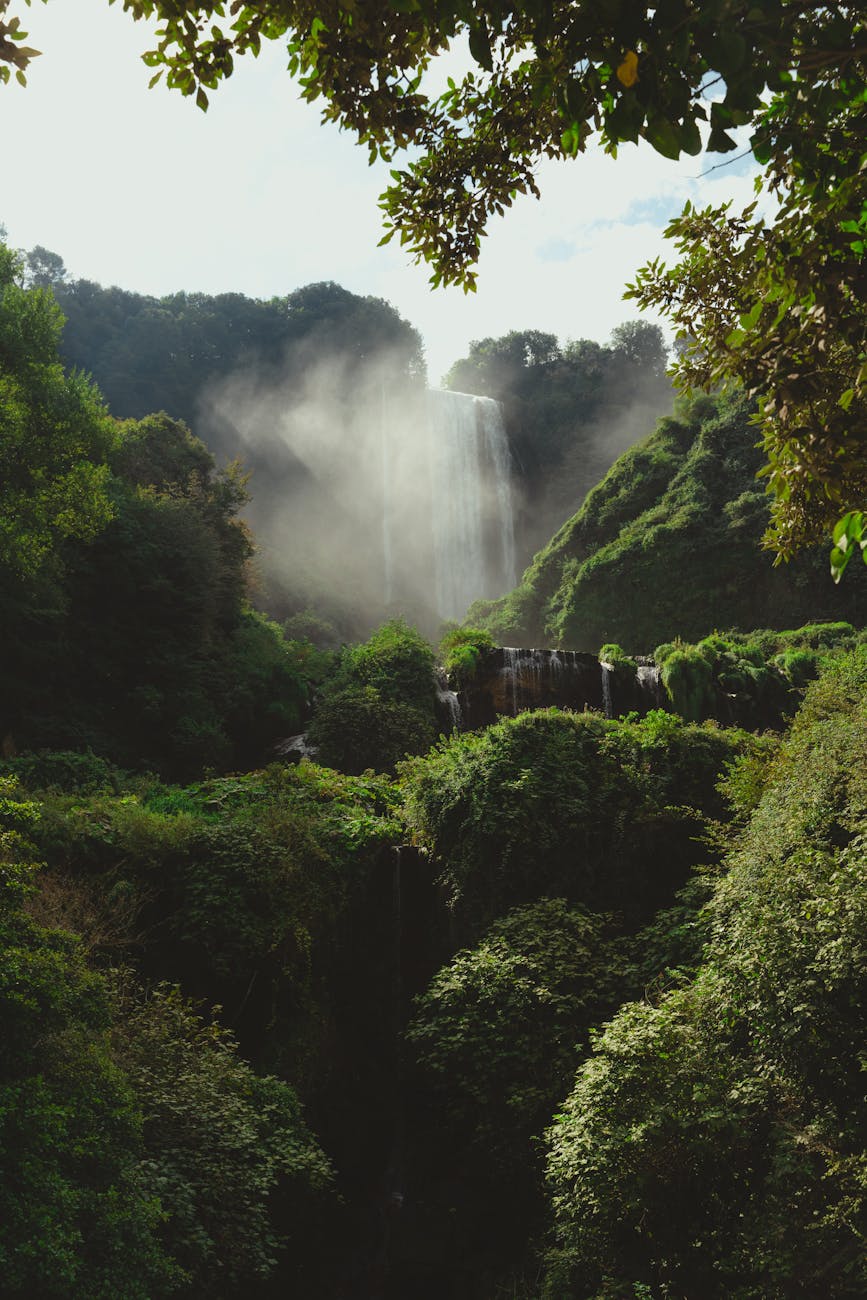Every year, millions embark on spiritual journeys to sacred sites, connecting deeply with their beliefs and traditions. However, as we wander through these revered places, an important question arises: are these pilgrimages silently wreaking havoc on our planet’s most cherished locations? This blog post delves into the delicate balance between spiritual fulfillment and environmental protection, offering insights that are as compelling as they are imperative.
In this exploration, we will uncover the impacts of pilgrimage travel on sacred sites while simultaneously emphasizing the cultural significance that these journeys hold. Indeed, there lies a vibrant opportunity to transition towards sustainable practices that honor both our cherished traditions and the environment. As we navigate through this discussion, let’s also highlight successful examples of how pilgrimages can evolve to embrace a more ecologically responsible approach.
The increasing influx of pilgrims to sacred sites leads to a range of environmental issues that many people often overlook. With foot traffic wearing down paths and natural features, resulting erosion becomes a significant concern. Moreover, littering and waste accumulation pose severe threats to biodiversity in these fragile ecosystems. This places immense pressure on local communities who are torn between economic benefits and preserving their cultural heritage.
Consider the case of the Camino de Santiago in Spain. This trail has witnessed a dramatic rise in pilgrims, leading to visible degradation along its paths. It’s essential to address these concerns, as unchecked tourism could irrevocably alter the landscapes that hold spiritual significance for thousands. By bringing awareness to this situation, we open doors for proactive solutions that prioritize the preservation of these sites.
Pilgrimages are more than mere travel; they are an embodiment of cultural identity and spiritual heritage. For many, the act of pilgrimage symbolizes a profound journey both physically and spiritually. This practice often fosters a sense of community and belonging as individuals come together in pursuit of shared beliefs and experiences. Sacred sites, laden with history and collective memory, act as vessels for cultural expression.
Yet, the question is, how can we nurture this tradition while safeguarding the essence of these locations? Encouraging responsible tourism is pivotal, helping travelers connect to the rich narratives of these places without compromising their integrity. A thoughtful approach to pilgrimage can enhance the spiritual experience while ensuring that the history and culture of these sites endure for generations to come.
Transitioning towards sustainable pilgrimage practices offers powerful solutions to combat the negative impacts of mass tourism. Initiatives such as limiting the number of visitors allowed at sacred sites, establishing guidelines for respectful conduct, and enhancing local infrastructure support sustainability. By collaborating with local stakeholders, travelers can make informed choices that honor the environment while deepening their spiritual journeys.
Furthermore, introducing eco-friendly accommodations and promoting off-peak travel can drastically minimize the environmental footprint of pilgrimages. Pilgrims can engage in community-based tourism, connecting with locals and supporting the economies of the regions they visit. Ultimately, sustainable practices enrich the pilgrimage experience while fostering respect for both the sacred and the natural world.
Looking globally, several examples illustrate how pilgrimages can successfully harmonize spirituality and sustainability. Take the example of the Shikoku Pilgrimage in Japan, which is a revered journey among Buddhist practitioners. The local government has implemented strict regulations that preserve both the spiritual and natural essence of the route. Such initiatives beautifully embody the idea that respect for sacred spaces enhances both pilgrimage experience and ecological health.
Another notable example is the spiritual paths of the Himalayan region, where local communities have embraced eco-tourism. Pilgrims are encouraged to engage in environmentally friendly practices, such as participating in clean-up events and learning about local conservation efforts. These case studies inspire positive change, showcasing how sacred pilgrimages can seamlessly intertwine reverence for spirituality with ecological stewardship.
The future of pilgrimage lies in embracing a mindset that prioritizes sustainability alongside spirituality. Increasing awareness around environmental issues and the impact of travel leads us toward more conscientious choices—both as individuals and communities. By integrating practices that promote conservation into the very fabric of pilgrimage, we can inspire a new generation of spiritual seekers who value the journey just as much as the destination.
With the rapid advancement in technology, we have unprecedented access to resources and tools that facilitate sustainable travel. Engaging communities and advocating for ethical pilgrimage experiences is vital. Harnessing these collective efforts can create a roadmap toward a future where sacred places remain not only preserved but thrive as vibrant centers of cultural heritage and spiritual renewal.
Embracing the dialogue around pilgrimage and its impact on sacred sites evokes a sense of responsibility among travelers. With increased awareness and active engagement, it’s critical to adopt a refreshed perspective on how we approach these journeys. Therefore, we must recognize the intrinsic connection between our spiritual pursuits and the health of our planet. Pilgrimages can serve as a catalyst for environmental-mindedness, encouraging a deep sense of stewardship toward these cherished places.
By viewing pilgrimage as a holistic experience encompassing spiritual and environmental awareness, we open up fresh avenues for transformation. This perspective not only enriches individual journeys but also cultivates a collective commitment toward nurturing the sacred landscapes we hold dear. Advocating for sustainable practices becomes a shared responsibility, fueling a vibrant community of travelers who honor both deity and earth alike.
What defines a pilgrimage?
A pilgrimage is a journey taken to a sacred site for spiritual or religious reasons. It often involves a reference to personal intent and the cultural context within which it exists.
Are all pilgrimages harmful to sacred places?
Not all pilgrimages harm sacred places. Sustainable practices can help protect and preserve these locations while allowing spiritual seekers to engage meaningfully with their cultures.
How can travelers participate in sustainable pilgrimages?
Travelers can participate in sustainable pilgrimages by seeking to minimize their ecological footprint, supporting local businesses, following established guidelines, and participating in conservation efforts.
What are some examples of sacred sites facing degradation?
Numerous sacred sites worldwide face degradation, including the Camino de Santiago in Spain and certain Hindu and Buddhist pilgrimage routes. These locations require mindful stewardship to maintain their integrity.
Can technology help in promoting sustainable pilgrimage?
Yes, technology facilitates sustainable pilgrimage by providing access to resources for planning eco-friendly trips, sharing best practices, and connecting travelers with local communities committed to preserving sacred spaces.
Image Credit: Pexels





